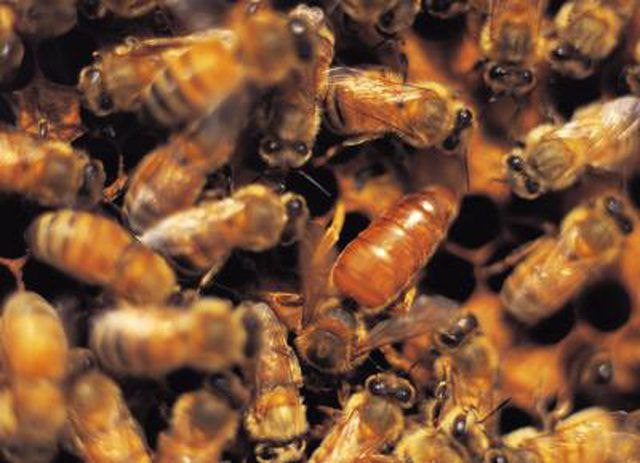Bulbs
Flower Basics
Flower Beds & Specialty Gardens
Flower Garden
Garden Furniture
Garden Gnomes
Garden Seeds
Garden Sheds
Garden Statues
Garden Tools & Supplies
Gardening Basics
Green & Organic
Groundcovers & Vines
Growing Annuals
Growing Basil
Growing Beans
Growing Berries
Growing Blueberries
Growing Cactus
Growing Corn
Growing Cotton
Growing Edibles
Growing Flowers
Growing Garlic
Growing Grapes
Growing Grass
Growing Herbs
Growing Jasmine
Growing Mint
Growing Mushrooms
Orchids
Growing Peanuts
Growing Perennials
Growing Plants
Growing Rosemary
Growing Roses
Growing Strawberries
Growing Sunflowers
Growing Thyme
Growing Tomatoes
Growing Tulips
Growing Vegetables
Herb Basics
Herb Garden
Indoor Growing
Landscaping Basics
Landscaping Patios
Landscaping Plants
Landscaping Shrubs
Landscaping Trees
Landscaping Walks & Pathways
Lawn Basics
Lawn Maintenance
Lawn Mowers
Lawn Ornaments
Lawn Planting
Lawn Tools
Outdoor Growing
Overall Landscape Planning
Pests, Weeds & Problems
Plant Basics
Rock Garden
Rose Garden
Shrubs
Soil
Specialty Gardens
Trees
Vegetable Garden
Yard Maintenance
How to Get Honey Bees Out of a Tree Trunk
How to Get Honey Bees Out of a Tree Trunk. While honey bees are essential for creating honey for humans to enjoy, they're no laughing matter when they take up residence on your property. If you notice a bees' nest in a tree trunk or stump on your property, you should remove it promptly to prevent stings and potentially deadly allergic reactions....

While honey bees are essential for creating honey for humans to enjoy, they're no laughing matter when they take up residence on your property. If you notice a bees' nest in a tree trunk or stump on your property, you should remove it promptly to prevent stings and potentially deadly allergic reactions. Removing a bee's nest and killing the bees can be a risky procedure, but it's important to do so before the nest gets even larger.
Things You'll Need
Protective clothing
Flashlight with a red filter
Insecticide
Dress yourself in protective gear to avoid being stung by the honey bees. Your protective gear should include shoes or boots, socks, long, heavy pants, a long-sleeved shirt, gloves and a protective screen-style mask. Ensure you have no skin visible.
Use a flashlight with a red filter to help navigate through your yard at night to access the tree trunk with the honey bees. It's best to deal with a bee problem at night because the insects are dormant at this time, and using a red filter on a flashlight will not alert the bees to your presence.
Spray insecticide specifically designed to kill bees into the tree trunk wherever you can see an opening. If the trunk is rotten, it may contain multiple openings. Spray a liberal dose of the insecticide to kill all of the bees present.
Examine the tree trunk carefully the following morning for signs of bee activity. If some bees are still in the area, wait until nighttime and spray the insecticide into the tree trunk again. Continue this process until the bees are dead or have left the area.
Tips & Warnings
If you are hesitant to use insecticide in your yard, spraying soapy water into the trunk is an effective homemade remedy to kill bees. It doesn't have the same lethal quality as insecticide, so it typically requires multiple applications.
If you don't want to harm the bees, call a local beekeeper, who will visit your home and collect the bees.